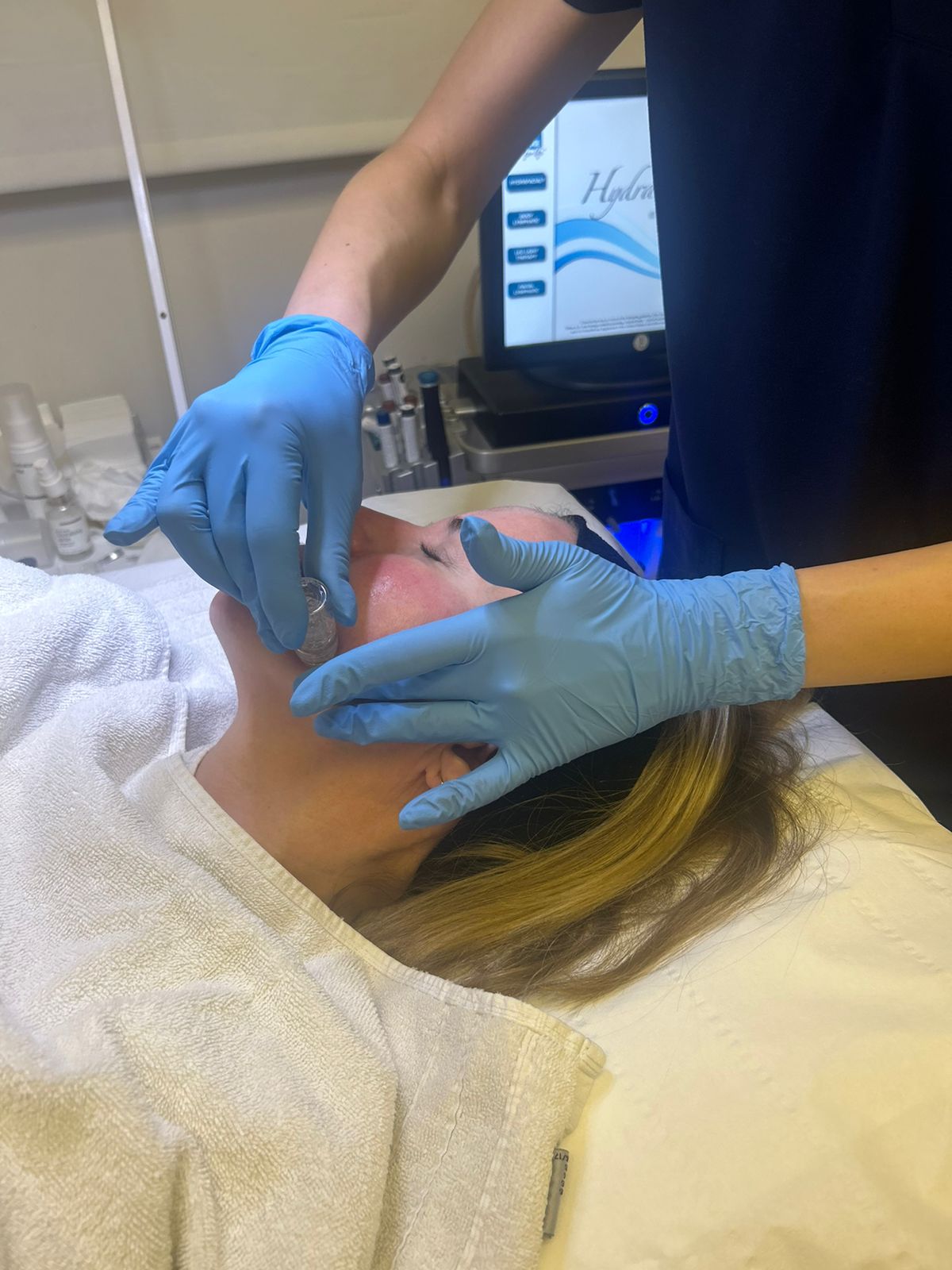Now that warmer weather is finally here, it may be tempting to spend all of your time soaking up the sunshine. But whether you have pale or dark skin, it’s more important than ever to look after your skin’s health…
And that includes knowing when it’s time to get a mole checked out by a doctor.
Asymmetry: Any mole that is irregular in shape suggests it is growing in a haphazard or possibly unregulated way. Compare the mole to other moles on your body. Ideally, all of your moles should appear similar and be relatively even in colour. An abnormal mole may appear different to your other moles; for example, it may appear red, while your other moles are light brown.
Borders: irregular borders mean that the mole may be growing in an irregular way or a certain part of it has transformed. Look for changing shapes. If your mole has grown larger or has developed irregular edges, consult your doctor right away, as these changes could be a sign of melanoma.
Colour: Many normal moles have more than one colour however a patch of irregular pigmentation can indicate a change.
Diameter: Moles that are larger than the blunt end of a pencil should be checked regularly.
Evolving size, shape or colour: Make note of how the mole feels. If the mole has become itchy or bleeds, you should book a consultation with a doctor.
In order to stay alert to abnormal moles, conduct a self-check every three months. Carefully analyse the size, shapes, and colours of your moles. Have a partner check for moles on the back of your neck, backside, and the backs of your legs.
At Medicetics – located in London – our staff of doctors and medical professionals are skilled in identifying, diagnosing, and removing abnormal moles from your skin. We specialise in painless and scarless mole removal; what’s more, our clinics offer same-day or next-day appointments. Our doctors use a combination of radiosurgery, laser removal, and/or freezing techniques.
Once removed, all moles are sent to a histologist for analysis. This process ensures that any abnormal moles are immediately diagnosed, thus empowering you to take immediate action regarding your skin care.
For more information on our mole removal treatments, book a consultation with a Medicetics doctor.





